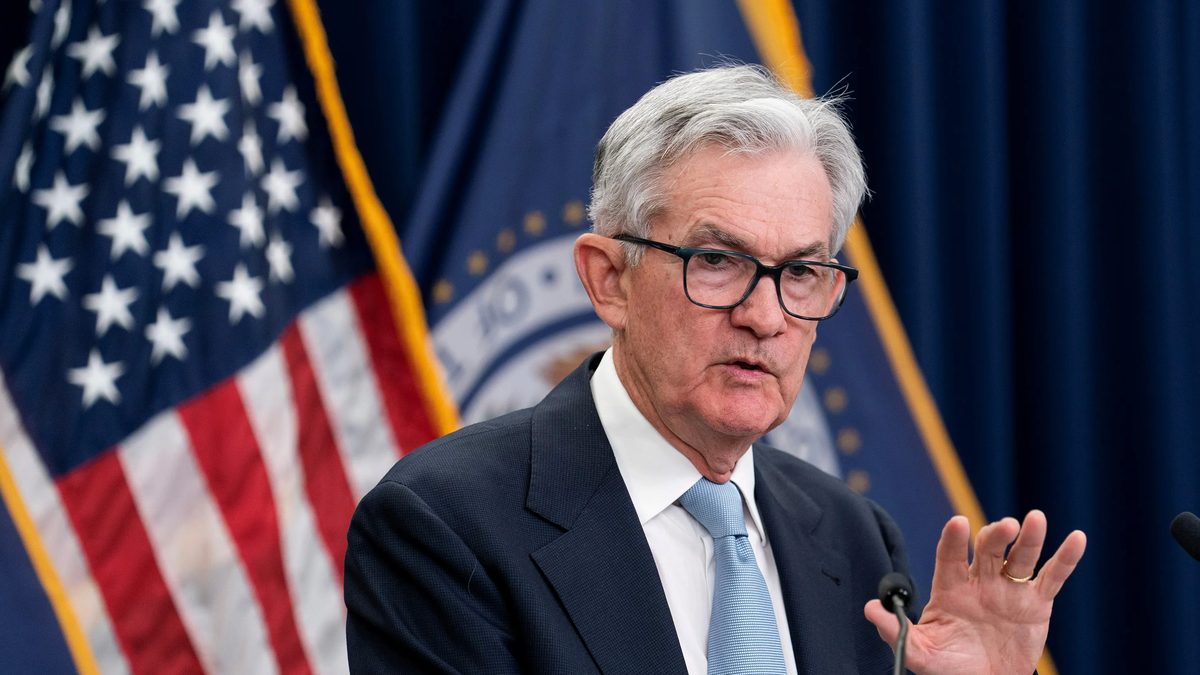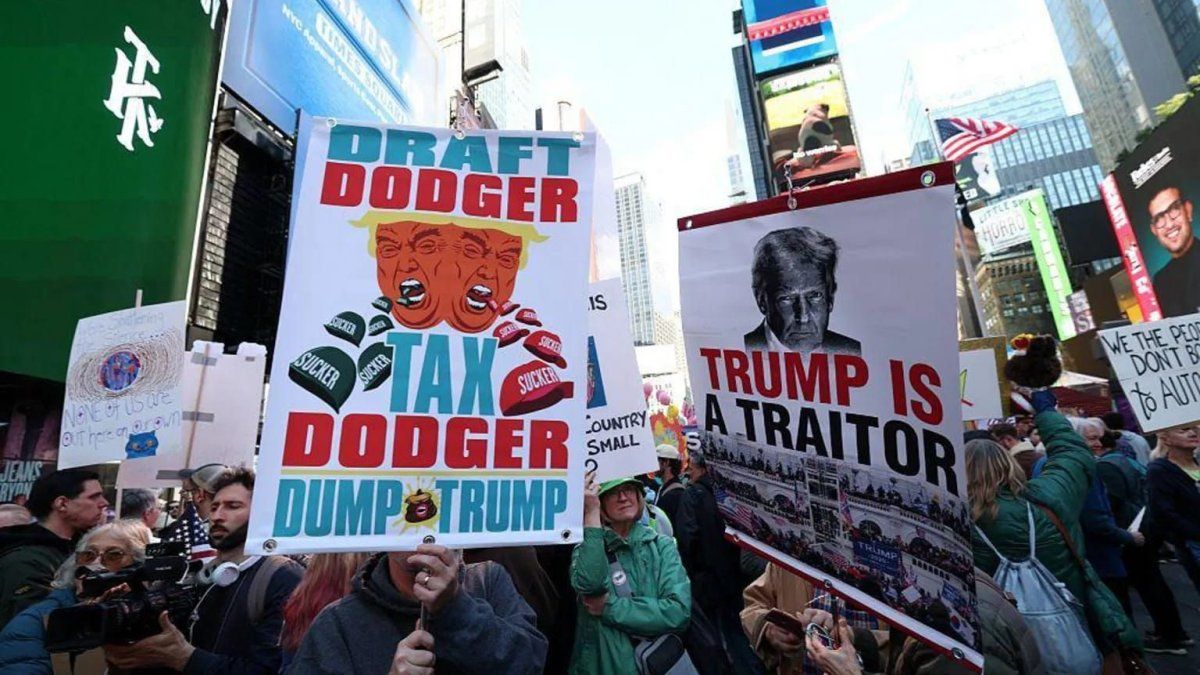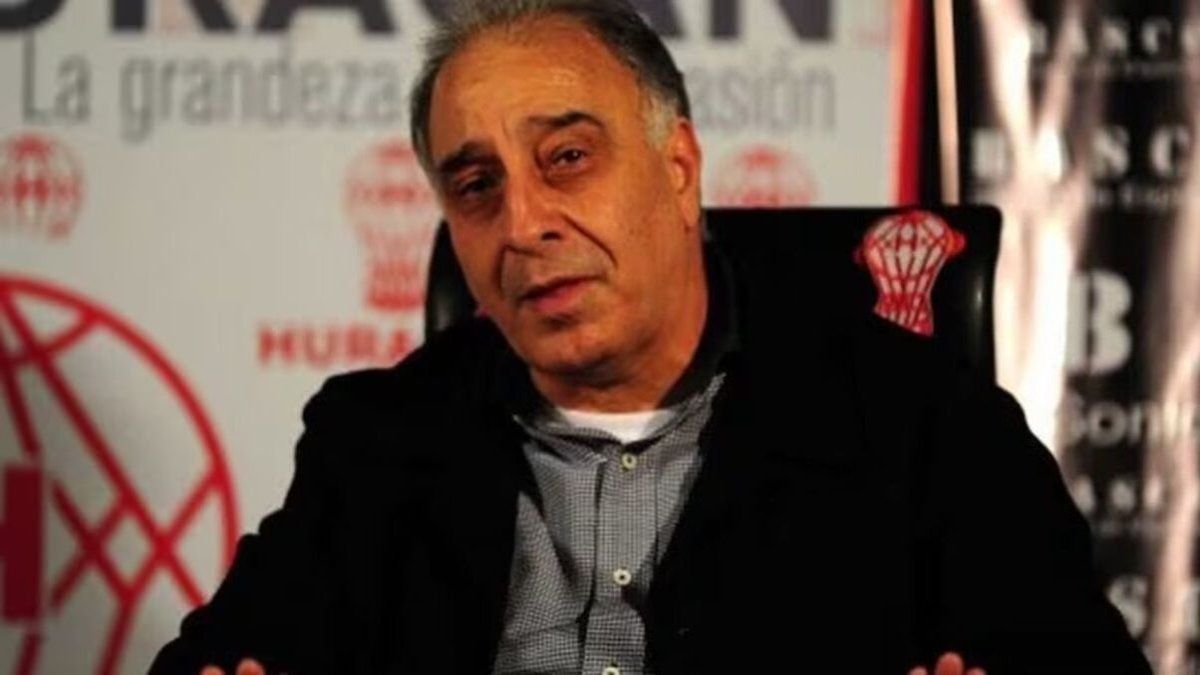Jerome Powell, Chairman of the Federal Reserveargued this week that the central bank is not “ lagging behind“as a cycle of interest rate cuts begins. His main challenge in the coming months will be to maintain that narrative if the labor market continues to cool and the economy deteriorates.
“We don’t think we’re lagging behind“Powell said during the press conference, following the decision to cut rates for the first time since 2020. “We think this is timely, but I think you can take this as a signal of our commitment not to get left behind.”
Some on Wall Street still have their doubts, arguing that the significant 50 basis point cut announced this week is an attempt to catch up and that the path ahead for rate cuts may be too shallow.
The central bank is being “reagent“rather than proactive, said EY chief economist Gregory Daco, who noted that Powell acknowledged that the Fed could have cut rates in July if its policymakers had first seen that month’s jobs numbers. Those numbers, released just two days after the Fed’s July 31 meeting, showed the unemployment rate had risen to 4.3%, fueling concerns that the Fed had waited too long.
There are still “real risks” that a soft landing for the U.S. economy may not be achieved, especially if the labor market deteriorates, Nationwide chief economist Kathy Bostjancic told Yahoo Finance on Thursday. “Chairman Powell is trying to get ahead of that … but there’s always a risk that they’ve been a little bit slow in doing that.”
Fed officials predicted this week that the unemployment rate would rise to 4.4% this year and remain at that level for the next year.
Powell’s obstacles
Another hurdle for Powell is that Wall Street expects more future rate cuts than central bank policymakers are predicting, with two smaller 25-basis-point cuts expected this week through the rest of 2024, followed by four smaller cuts in 2025.
One Wall Street firm that came out with a more aggressive forecast was BofA Global Research, which raised its forecast for rate cuts for the rest of this year to 75 basis points. JPMorgan Chase chief economist Michael Ferolialso said he still expects a faster pace of rate cuts than the Fed consensus.
images.jpg
Federal Reserve of the United States of America.
Feroli expects a 50-basis-point cut at the next meeting in early November, contingent on further weakening in the two jobs reports between now and then. Luke Tilley, chief economist at Wilmington Trust, said the Fed’s envisioned path is too slow for an economy where the labor market has normalized and inflation will likely reach the Fed’s 2% target in the first quarter of 2025.
Division signs
But the Fed expects the economy to continue to show strength, aligning with its predictions for shallower rate cuts. Officials see the economy growing 2% this year, roughly in line with the 2.1% previously forecast, and staying at that level for years to come.
And the goal is to preserve that economic growth without reigniting inflation. Officials predict inflation will end the year at 2.6%, down from the 2.8% previously forecast, before falling to 2.2% next year.
Whatever happens, Powell will also have to manage signs of internal division over the way forward.
The Fed’s rate-setting committee is nearly evenly split on the number of additional rate cuts planned for this year, with seven policymakers favoring an additional 25 basis point cut before year-end and nine members favoring an additional 50 basis points of easing.
Two policymakers expect no further rate cuts
That path means several officials might have supported a 25-basis-point cut this week, but decided to err on the side of caution rather than lament a further deterioration in the labor market.
Fed Governor, Michelle Bowman even voted against the 50 basis point cut, advocating instead for a smaller 25 point cut.His dissent was the first for the Fed since 2005.
“The Fed chairman is now seen as someone with significant influence over the FOMC, as he managed to convince most policymakers that early cuts were optimal,” said EY economist Daco.
“The consensus is probably that policymakers might be more reluctant to ease quickly at the next two policy meetings.” Bostjancic, Nationwide’s chief economist, said he thinks the Fed should cut another 50 basis points at its next meeting in November, although that is not his firm’s projection.
But to cut another $50, “you’d really have to have consensus” among Fed officials. “It’s a hurdle and you’d have to have broad agreement.”
Source: Ambito
David William is a talented author who has made a name for himself in the world of writing. He is a professional author who writes on a wide range of topics, from general interest to opinion news. David is currently working as a writer at 24 hours worlds where he brings his unique perspective and in-depth research to his articles, making them both informative and engaging.




